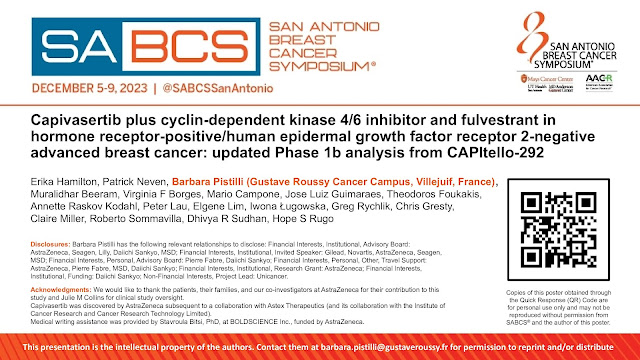Prognostic factors in young ovarian cancer patients: An analysis of four prospective phase III intergroup trials of the AGO Study Group, GINECO and NSGO
Highlights
- •To detect the effect of young age on survival in ovarian cancer patients.
- •A meta-database analysis of 5055 ovarian cancer patients.
- •Potential confounding and effect measure modification are considered.
- •Prognostic factors of survival are similar in patients under and over 40 years of age.
- •Young age at diagnosis of ovarian cancer improves survival.
Abstract
Objectives
We evaluated in a large study meta-database of prospectively randomised phase III trials the prognostic factors for progression-free survival (PFS) and overall survival (OS) in patients < and >40 years of age with advanced epithelial ovarian cancer.
Methods
A total of 5055 patients of the AGO, GINECO, NSGO intergroup studies AGO-OVAR 3, 5, 7 and 9 were merged to identify 294 patients <40 years and 4761 patients ≥40 years. We conducted survival analyses and Cox proportional hazard regression models and additionally analysed a very homogeneous subcohort of 405 patients with serous epithelial ovarian cancer, excellent performance status, who had received complete macroscopic upfront cytoreduction and ≥5 chemotherapy cycles.
Results
For patients <40 years, the median PFS was 28.9 months and the median OS was 75.3 months, while the median PFS for patients ≥40 years was 18.1 months and the median OS was 45.7 months. Independent prognostic factors were similar in both age groups. In a multivariate analysis including prognostic factors potentially leading to confounding, young age appeared to improve PFS (hazard ratio [HR], 0.86; 95% confidence interval [CI]: 0.72–1.03) and OS (HR, 0.73; 95% CI: 0.59–0.91). The observed effect was even stronger in the subcohort of optimally treated patients with SEOC: PFS (HR, 0.34; 95% CI: 0.19–0.59) and OS (HR, 0.23; 95% CI: 0.09–0.56).
Discussion
Prognostic factors were similar in both age groups. Young age appeared a strong independent protective prognostic factor for PFS and OS in the subcohort.



Comentários
Postar um comentário